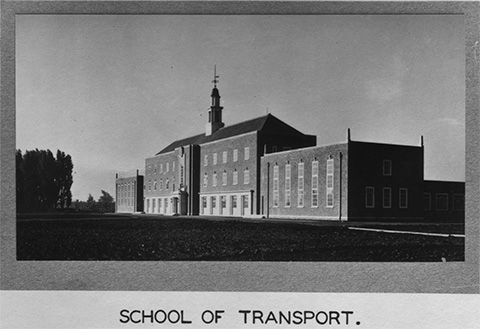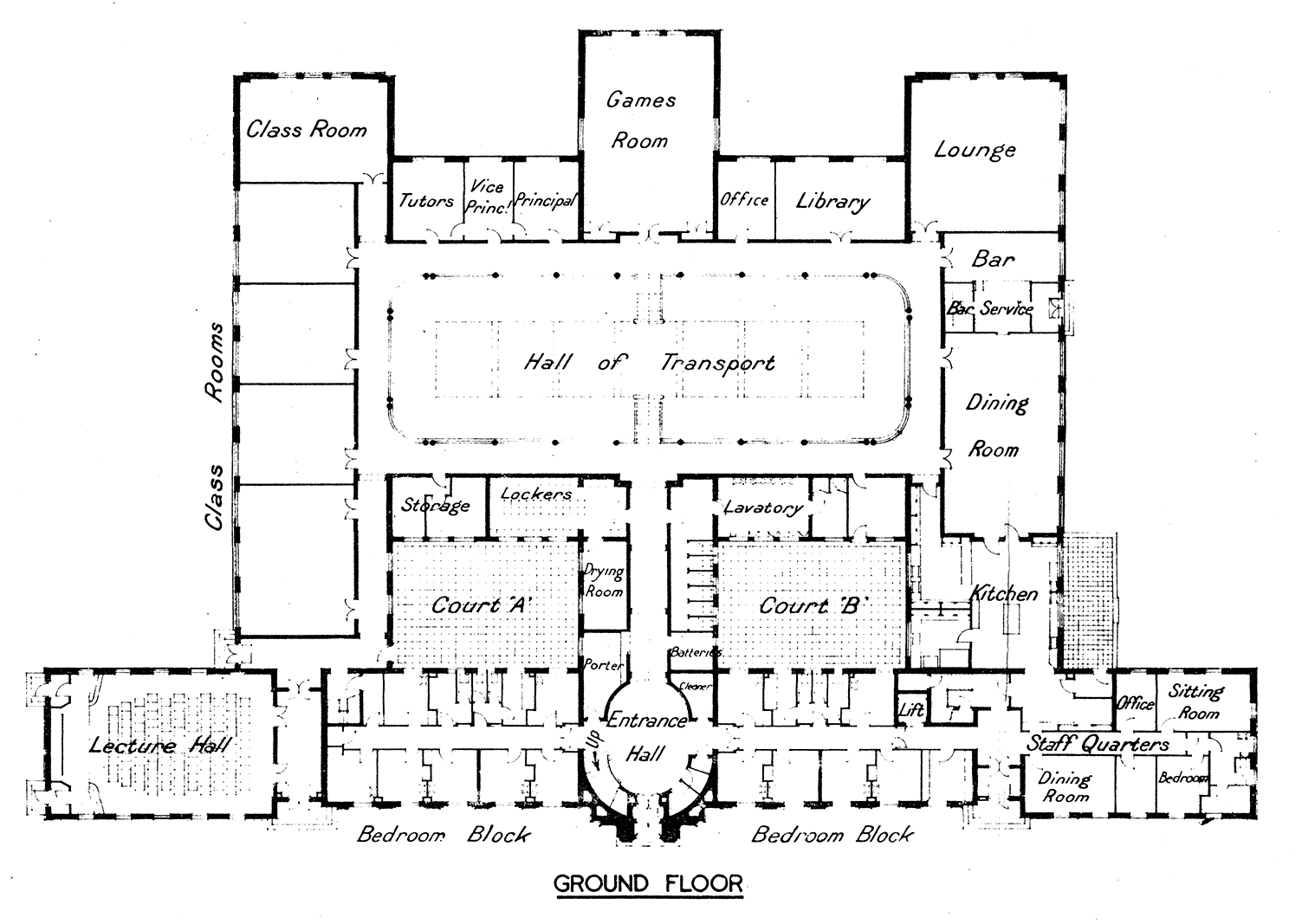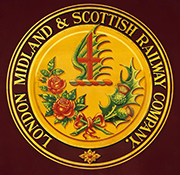

This site uses non-intrusive cookies to enable us to provide a better user experience for our visitors. No personal information is collected or stored from these cookies. The Society's policy is fully explained here. By continuing to use this site you are agreeing to the use of cookies.

The School of Transport has been established for the better and quicker training of the staff in an instructional centre where training can be given in the best practices known in the railway industry. The fundamental idea is that the men shall be trained at a resident staff college rather than at what might be termed a day college, at which those of various grades and from various areas will work and have their recreation together, an arrangement that will tend to breakdown any tendency to a purely departmental outlook, which is a potential danger in all big organisations. In many colleges and professions there is a growing conviction, expressed with increasing frequency, that "refresher courses" are desirable for all those whose daily practice is intense and precludes them, through time and place, the opportunity for studying with particularity, advances and changes which are taking place elsewhere. In medicine the post-graduate medical school is intended to meet this need, and it requires no stretch of the imagination to see that an analogous activity for the railway, with its widely separated localised units, may have equally fruitful results.
In planning this new training-centre for railwaymen it was necessary to provide a curriculum which would achieve maximum results within a minimum period of time (so as to avoid dislocation of work by lengthy withdrawal of instructors and pupils from their normal duties), and which would also avoid cutting across the other educational facilities which the company provides. It was recognised that apart from its purely educational function, the proposed School of Transport would moreover afford a valuable clearing-house for ideas. Here future officers of the company would be able to get to know each other and to discuss the problems of their work in a congenial atmosphere of mutual interest, and would help materially in building up that tradition of public service and courageous outlook which the company desires its servants to possess.
After careful investigation of the whole problem and methods of staff training abroad, a survey was made of likely sites and eventually one was selected for the L M S School of Transport at Osmaston Park, Derby. Derby was geographically an ideal position, and, in addition, the presence there of locomotive, carriage and wagon works, marshalling yards and control offices and the scientific laboratory, rendered practical demonstration readily available to the students.
The school is a residential one, accommodating fifty members of the staff for varying periods of training, during which they will receive instruction in the best practices of railway work.
The site of the school is in Osmaston Park, the building being surrounded by ample open space which later in the year will be formed into lawns and ornamental shrubberies, a portion being laid out for bowling green and tennis courts.
The plan of the school, although designed as one unit, consists of three sections, namely, educational, domestic, and social. The domestic portion is the main block of three storeys facing towards the road and containing 52 bedrooms for students and visiting lecturers, a visitors' sitting room, staff bedrooms for eight resident staff, and a housekeeper's flat comprising bedroom, bathroom and sitting room.
From the entrance hall the main corridor leads direct to the hall of transport which is the focal point of the plan, and around which the classrooms, lecture theatre, administrative offices and social rooms are located.
The hall of transport is 118 feet long and 47 feet wide, and is surrounded by an aisle divided from the central space by a colonnade. The central space is sunk 3 ft. 6 ins. below the floor, and in it will be placed an electrically-operated model railway, together with complete full scale signalling instruments and other apparatus for demonstrating train operation.
On the east side of the hall of transport are five classrooms, which will be used for lectures or demonstrations according to the courses of study embraced by the curriculum. Also in this section is the lecture theatre with seating accommodation for 120 persons. A projector room contains the latest apparatus for sound reproduction and the projection of miniature and full-size films. The theatre fulfils the purpose of a daylight lecture room, but the windows are fitted with light-tight blinds in order that cinema lectures may be given and instructional films shown.
On the west side of the hall of transport are the domestic and social quarters. The former consists of kitchen premises, fitted with the most modern cooking apparatus and food storage equipment, together with the staff dining room, sitting room and housekeeper's office.
The students' social rooms consist of a lounge and dining room. Forming a link between the two wings of the building and with access from the aisle around the hall of transport are the library and administrative offices.
In addition to the accommodation already referred to, there are located on the ground floor a students' locker and drying room, lavatory accommodation and shower baths. These are in addition to the bathrooms and lavatories located in the bedroom block and are intended for use during the day and after sports.
A separate building has been erected to accommodate a garage for six cars, a small workshop and store. In the basement are the heating chamber, calorifier room and fuel bunker.

Site contents Copyright © LMS Society, 2024

April 18th, 2024
Site contents Copyright © LMS Society, 2024